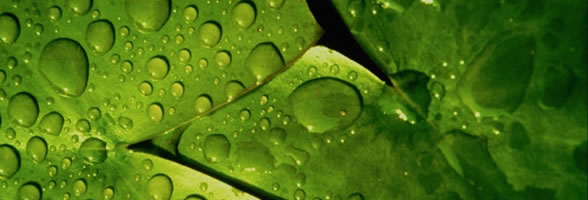
Glowworm Swarm Optimization
Source location
To study algorithmic performance, the location of the source with respect to the glowworms is varied by locating them at grid points. Then the time required for convergence of the glowworms to the source for different source locations is simulated. For all simulations, the glowworms are initially deployed as shown in Figure (a). The source location is varied and the convergence time for various source locations is plotted against the source coordinates, as shown in Figure (b) and (c). The convergence time is seen to increase rapidly if the source is close to an edge of the field. When the source is placed close to the edge of the field, no glowworm will be within the plume initially, hence they all enter the spiraling mode. This is shown in Figure (d) where as the source is far away from the glowworms, the gas concentration measured by the glowworms will be below the threshold level. This forces all glowworms into the spiraling mode. They spiral until one of them gets to the plume and measures a nonzero gas concentration. This glowworm attracts other glowworms within its communication range, and with the help of anemotaxis gets to the source. As the spiraling behavior is inefficient, the convergence time is high. In Figure (d) convergence took 1824 seconds. Convergence here is defined as the time taken for at least seven out of nine glowworms to get within 0.5 meters of the source location. The simulations are run 10 times for each case.
Figure: Algorithm performance with variation in source position. (a) Initial placement of glowworms and the source location. (b), (c) Convergence time required for different source positions. In (c) X=6 represents the x-coordinate of the source position in meters. (d) Delayed convergence when the glowworms are placed far from the source.
